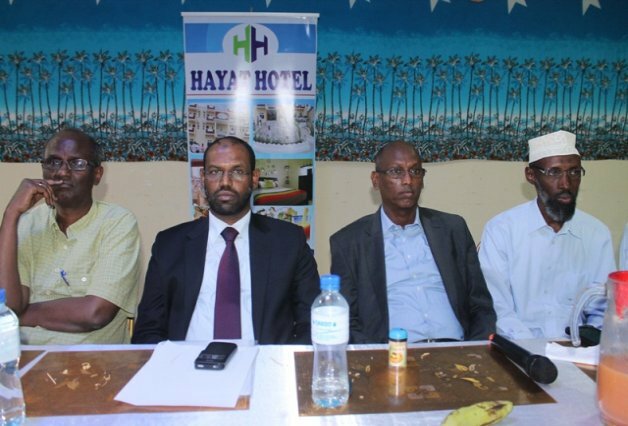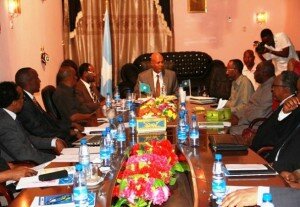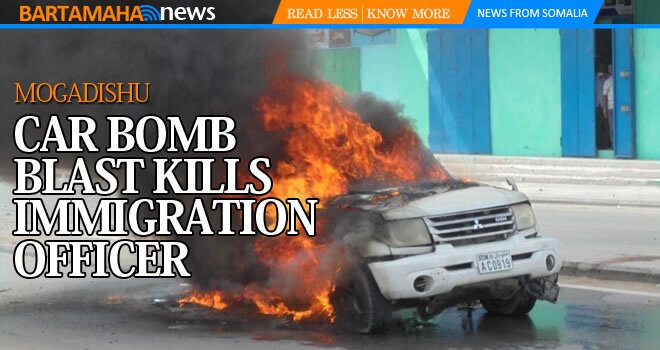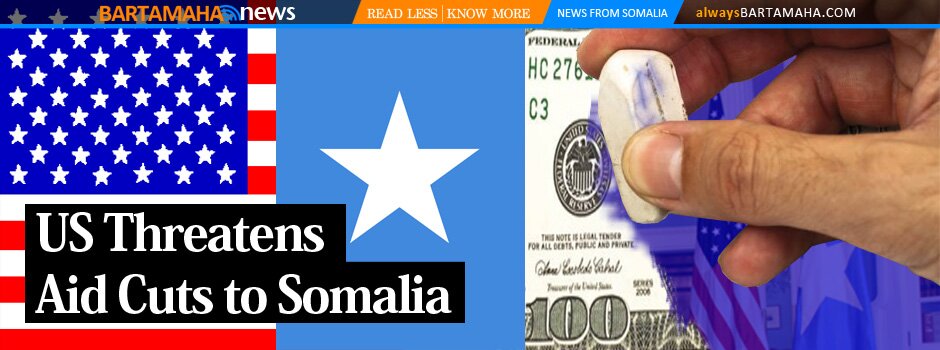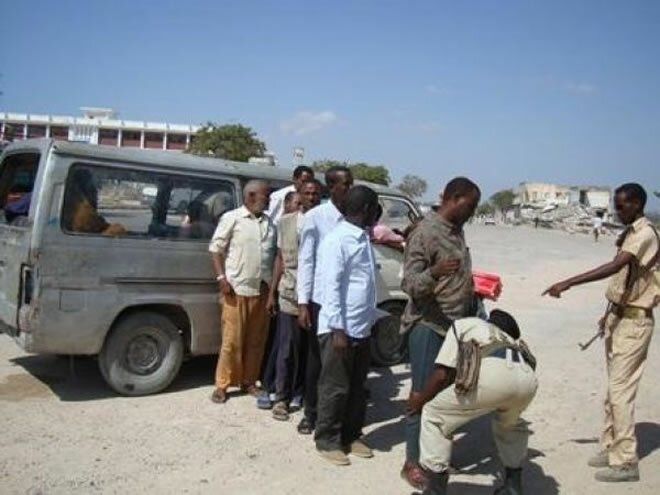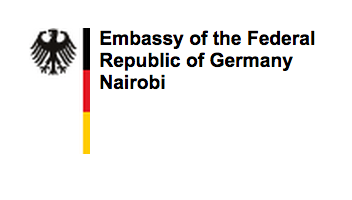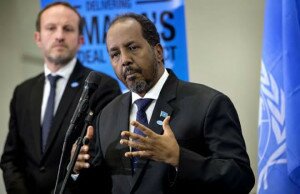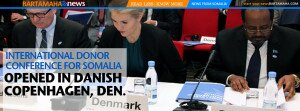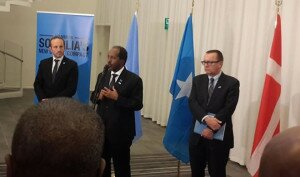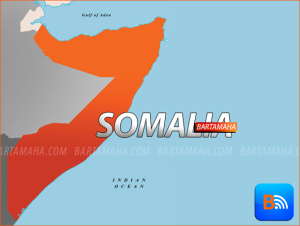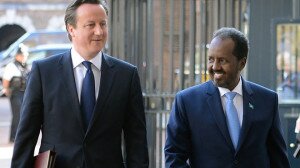Name and Shame Measures Used to Combat Child Soldiers
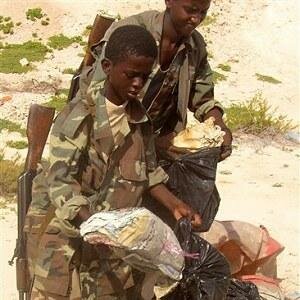 A child rights expert says there have been some major breakthroughs in efforts to combat the recruitment of child soldiers. The Special Representative of the Secretary-General for Children and Armed Conflict says U.N. Security Council resolutions, which name and shame countries that violate the rights of children caught in war are proving effective.
A child rights expert says there have been some major breakthroughs in efforts to combat the recruitment of child soldiers. The Special Representative of the Secretary-General for Children and Armed Conflict says U.N. Security Council resolutions, which name and shame countries that violate the rights of children caught in war are proving effective.
Last August, the UN Security Council passed a resolution requesting the Secretary-General to name and shame States and non-state actors that recruit child soldiers, commit sexual violence against children and maim children contrary to international law.
And progress has been made over the last year getting parties to enter into action plans with the UN, according to Radhika Cooumaraswamy, Special Representative to the Secretary-General.
“Once we list parties under these different grave violations, the way they can get off the list is to enter into action plans with the United Nations, especially with regard to the recruitment of the use of children, to release the children in their midst, to allow the U.N. to verify that release and to plan for their integration into society,” Cooumaraswamy said.
As an example, the United Nations entered into an action plan with the Maoists in Nepal, who subsequently released 3,000 minors. Cooumaraswamy said a rebel group in the Philippines and the Sudan Peoples’ Liberation Army also released thousands of child soldiers after entering into similar plans.
She says Burma, Chad, the Democratic Republic of Congo, Sudan and Somalia are on the name and shame list. But, Uganda and Ivory Coast, who agreed to the U.N. action plan, now are de-listed.
U.N. estimates of around 250,000 child soldiers is down from 300,000.
But it cites 22 situations of concern in which grave child violations are taking place. They include Afghanistan, the Central African Republic, Colombia, Haiti, Iraq, Sri Lanka and Yemen. Coomaraswamy says some of the 22 governments recruit child soldiers, but most of the persistent violators are rebel groups, such as the Taliban and FARC.
Cooumaraswamy said as conflicts change, they create dangerous new situations for children.
“We have now children used as suicide bombers. There were seven cases of suicide bombing in Afghanistan last year. And, we also count on insurgency strategies, seeing children who are victims of aerial bombardment and drone killings, children in detention,” she said. “So these kinds of new issues that are coming up for us and are giving us new challenges that we would have to deal with.”
Coomaraswamy noted that an important breakthrough has been made with regard to the security council’s willingness to impose targeted measures against those who recruit and use children in conflict.
She said members are considering imposing sanctions against violators that would include a freeze on the assets of individuals, travel bans and arms embargoes.
___
VOA
Comments
comments
 Calendar
Calendar



















